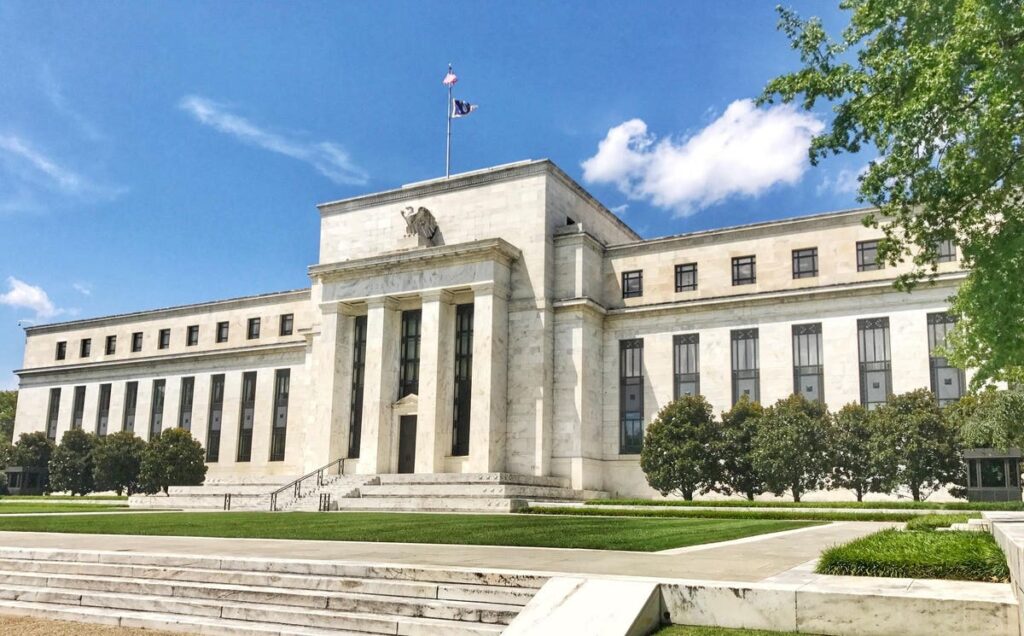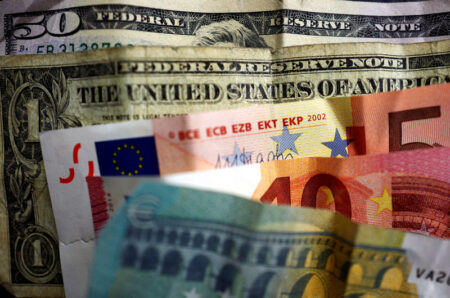Last week the Federal Reserve announced it was “skipping” another interest rate increase for the first time in 15 months to assess the impact of its efforts to quash inflation.
Apparently, one of the reasons for the pause was disagreement among the 12 members of the Federal Open Markets Committee (FOMC) about what to do next. The hawks—who want to raise rates at least twice more this year—argue that inflation is still above the Fed’s target of 2% to 3%, and that core inflation (sans volatile gas and food prices), remains stubbornly high at 5.3% (year-over-year).
Others committee members want to leave things where they stand for now. They point out that consumer prices rose a modest 4% in May from 12 months earlier—the smallest increase in over two years—and that the full impact of the central bank’s 10 previous rate hikes is still not known.
But despite their differing views on interest rates, both the hawks and the doves on the FOMC think the Fed has the economy heading for a “soft landing,” in which inflation levels are reduced without sending the economy into a tailspin.
In its updated economic projections, the Federal Reserve is no longer predicting a recession is on the horizon. Their economists now project that the unemployment rate will rise no higher than 4.5% in the next three years and that real GDP will not drop below 1%. If true, this would be a welcome and historic accomplishment.
Unfortunately, this view may be overly optimistic based on past history. the last time—and arguably the only time—the Fed pulled off a soft landing was in 1994. Unlike the current situation, inflation was only 3 percent, but Fed Chair Alan Greenspan wanted to stabilize prices before they spiked upwards. In a series of seven rate hikes starting in February 1995 and lasting 12 months, policymakers roughly doubled the Federal Funds Rate at 6 percent.
The Fed’s rate hikes were successful in stabilizing inflation at 3 percent before declining lower. Just as importantly, the economy continued to expand, and unemployment fell for most of the decade. In fact, the 1990s was one of the strongest periods of economic growth in the nation’s history.
Besides low inflation, the 1995 soft landing was different for other reasons. The biggest variance was that in the 1990s, a disciplined fiscal policy was in place that would eventually wipe out annual deficits by the end of the decade. In contrast, beyond empty rhetoric, restoring fiscal balance is a proposition to which neither political party is currently willing to commit.
Finally, the uncertainty created by the war in Ukraine and deteriorating relations with China all underscore the fragility of today’s economy.
Yet, though history does not favor success, there are still some threads of hope. First, while interest rates have risen at a rapid pace, they still are comparatively low and are not projected to hit the 6 percent figure the Fed targeted in the mid 1990s. Since the 1970s, each time the Fed raised rates over 6 percent the economy went into recession. The only exception was the Great Recession, but that downturn was the result of a massive collapse in the financial markets. If the Fed can keep rates below 6 percent the economy could avoid a financial downturn.
Second, the unemployment rate remains at comparatively low levels, and the U.S. economy will be getting an injection of funds this year and next from the Inflation Reduction Act, the CHIPs Act, and the bipartisan infrastructure law.
All this means that while a soft landing is still possible, is far from a sure thing.
Read the full article here













